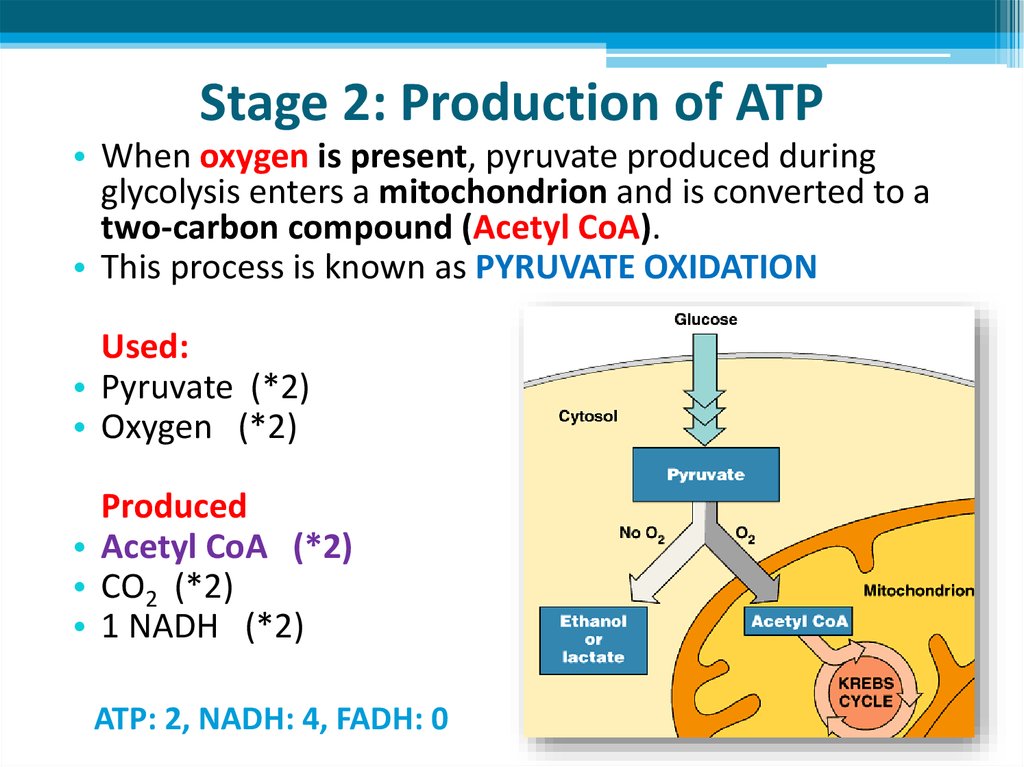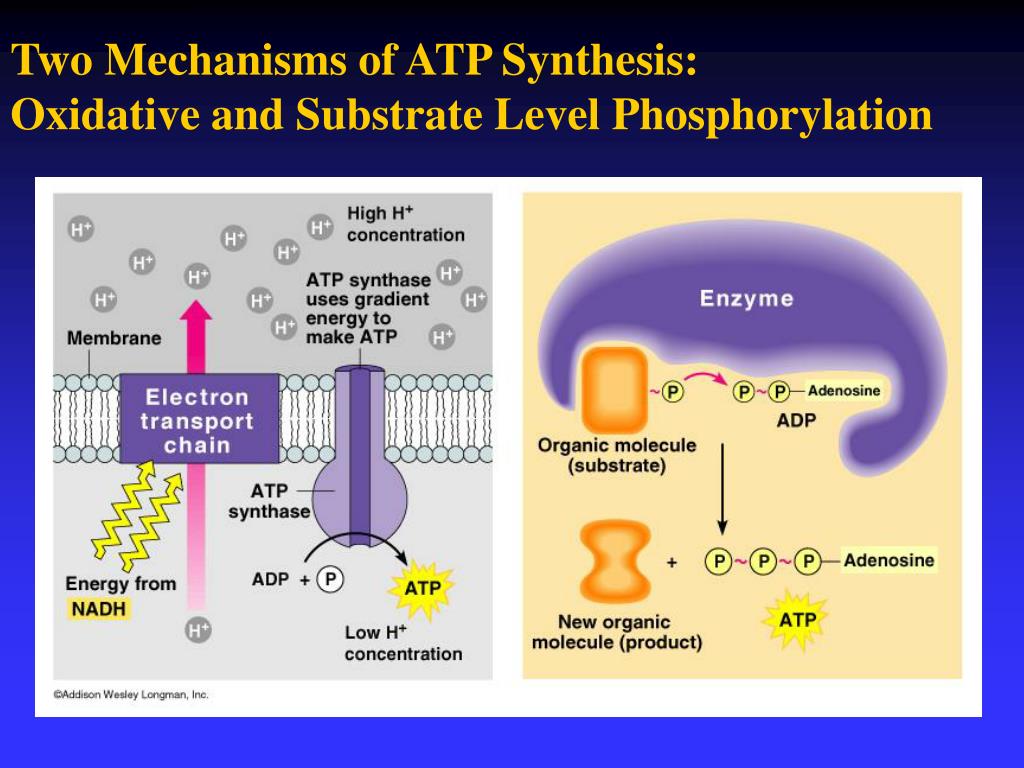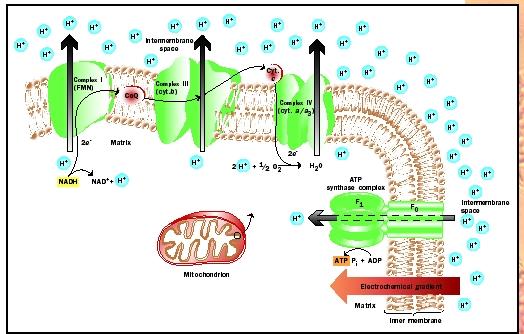How Much Atp Does Oxidative Phosphorylation Produce
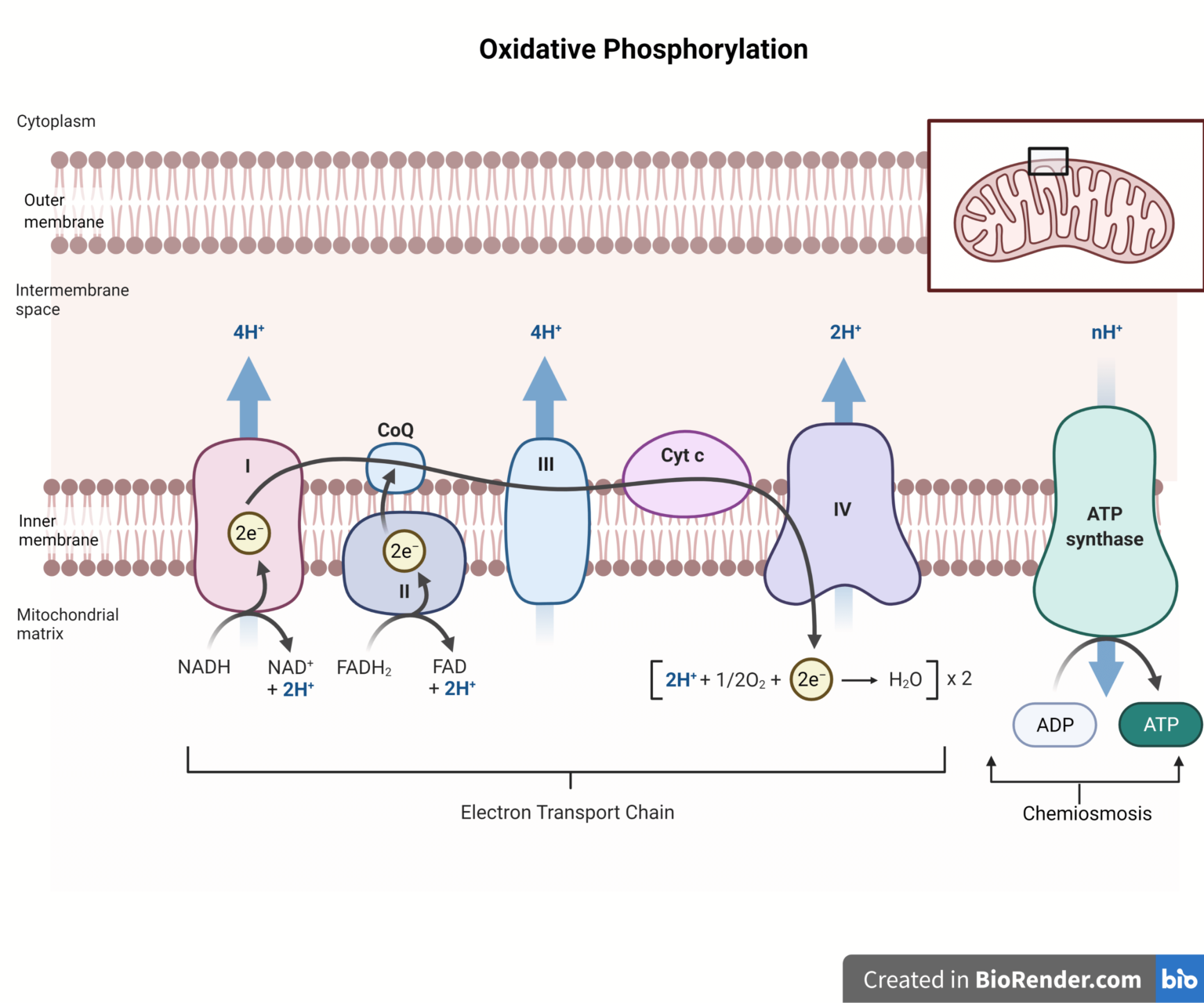
Imagine a tiny, bustling city within each of your cells, a metropolis of molecular machinery working tirelessly to keep you alive and kicking. This city, the mitochondrion, hums with activity, its primary purpose to generate the energy currency that powers everything you do – from blinking an eye to running a marathon.
At the heart of this cellular power plant lies oxidative phosphorylation, a complex and fascinating process responsible for the vast majority of our cellular energy production. But how much energy, specifically in the form of ATP (adenosine triphosphate), does this remarkable process actually produce? That's the million-dollar question we're about to unpack.
While the exact number has been debated for decades, understanding the estimated ATP yield from oxidative phosphorylation is crucial for grasping the intricacies of cellular metabolism and its vital role in our overall health and well-being.
A Journey into Cellular Energy Production
To truly appreciate the ATP yield of oxidative phosphorylation, it's helpful to understand the broader context of cellular respiration. This multi-stage process breaks down glucose, a simple sugar, to extract energy.
Cellular respiration begins with glycolysis in the cytoplasm, breaking down glucose into pyruvate. This process yields a small amount of ATP and NADH.
Next, pyruvate enters the mitochondria, where it's converted into acetyl-CoA, which then feeds into the citric acid cycle (also known as the Krebs cycle). This cycle generates more NADH and FADH2, along with a small amount of ATP.
The Star of the Show: Oxidative Phosphorylation
The real ATP powerhouse is oxidative phosphorylation, which takes place on the inner mitochondrial membrane. This process harnesses the energy stored in NADH and FADH2 to drive the synthesis of ATP.
NADH and FADH2 donate electrons to the electron transport chain (ETC), a series of protein complexes embedded in the inner mitochondrial membrane. As electrons move through the ETC, protons (H+) are pumped from the mitochondrial matrix into the intermembrane space.
This creates an electrochemical gradient, a form of potential energy. The protons then flow back down the gradient through ATP synthase, a molecular turbine that uses the energy of the proton flow to convert ADP (adenosine diphosphate) into ATP.
The Great ATP Count: A Matter of Debate
For a long time, textbooks cited a theoretical yield of around 36-38 ATP molecules per glucose molecule through cellular respiration. This figure was based on the assumption that each NADH molecule yielded 3 ATP molecules and each FADH2 molecule yielded 2 ATP molecules via oxidative phosphorylation.
However, more recent research has revealed that this "textbook number" is likely an overestimation. The actual ATP yield is thought to be closer to 30-32 ATP molecules per glucose molecule.
Why the discrepancy? Several factors contribute to the lower, more realistic estimate.
Factors Influencing ATP Yield
One key factor is the energetic cost of transporting ATP out of the mitochondria and ADP and phosphate into the mitochondria. These transport processes require energy, reducing the overall ATP yield.
Proton leakage across the inner mitochondrial membrane can also dissipate the proton gradient, further decreasing ATP production. This leakage can occur through uncoupling proteins, which are involved in thermogenesis (heat production).
The precise ATP yield from NADH and FADH2 can also vary depending on the specific conditions within the cell. Therefore, the numbers we discuss are estimates based on averages.
The Revised Estimates
Based on these considerations, a more accurate estimate is that each NADH molecule yields approximately 2.5 ATP molecules, and each FADH2 molecule yields approximately 1.5 ATP molecules through oxidative phosphorylation.
Using these revised figures, the total ATP yield from the complete oxidation of one glucose molecule is closer to 30-32 ATP molecules. While this may seem like a small difference, it represents a significant refinement in our understanding of cellular energy metabolism.
These figures are based on calculations under ideal conditions. In a living organism, the cellular environments vary, which may cause ATP yield to change.
The Significance of ATP Production
The ATP generated through oxidative phosphorylation is the lifeblood of our cells. It fuels a vast array of cellular processes, including muscle contraction, nerve impulse transmission, protein synthesis, and DNA replication.
Without a constant supply of ATP, our cells would quickly run out of energy, leading to cellular dysfunction and ultimately cell death. This underscores the critical importance of oxidative phosphorylation in maintaining our health and well-being.
Disruptions in mitochondrial function and oxidative phosphorylation have been linked to a variety of diseases, including neurodegenerative disorders (such as Parkinson's and Alzheimer's disease), heart disease, and cancer. Understanding the intricacies of ATP production is therefore essential for developing effective therapies for these conditions.
Research and Future Directions
Scientists are constantly working to refine our understanding of oxidative phosphorylation and its regulation. Advanced techniques, such as high-resolution microscopy and sophisticated biochemical assays, are providing new insights into the structure and function of the electron transport chain and ATP synthase.
Researchers are also exploring ways to enhance mitochondrial function and ATP production to improve overall health and treat disease. This includes investigating the potential of dietary interventions, exercise, and pharmacological agents to boost mitochondrial performance.
One promising area of research is the development of drugs that can target specific components of the electron transport chain to improve its efficiency. Another approach involves manipulating the levels of mitochondrial antioxidants to protect against oxidative damage.
The Enduring Wonder of Cellular Energy
The story of ATP production through oxidative phosphorylation is a testament to the incredible complexity and elegance of cellular biology. From the intricate dance of electrons in the electron transport chain to the precise choreography of proton flow through ATP synthase, every step is a marvel of biological engineering.
While the exact ATP yield may be a matter of ongoing refinement, the importance of oxidative phosphorylation in sustaining life is undeniable. By understanding this fundamental process, we can gain a deeper appreciation for the inner workings of our cells and the remarkable machinery that keeps us alive and energized.
So, the next time you're feeling energetic, remember the tireless work going on within your mitochondria. Every breath you take, every move you make, is powered by the ATP generated through this extraordinary process, a testament to the power and beauty of life at the cellular level.
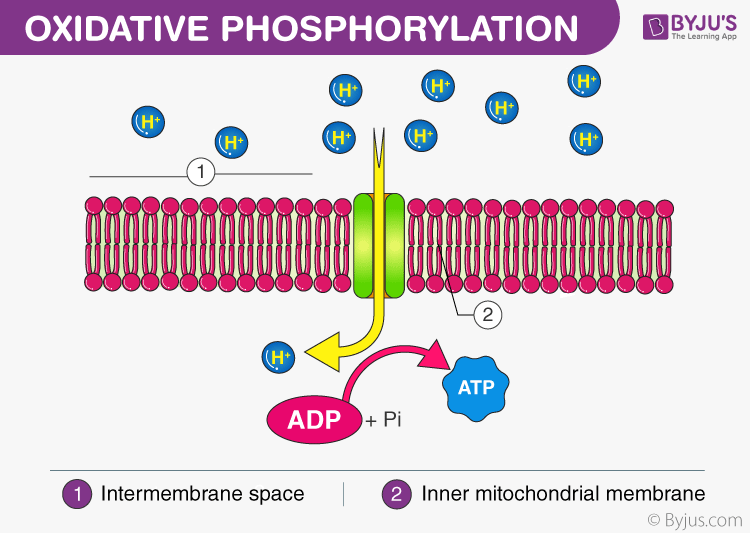
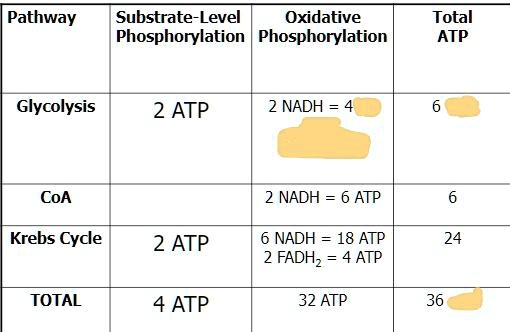
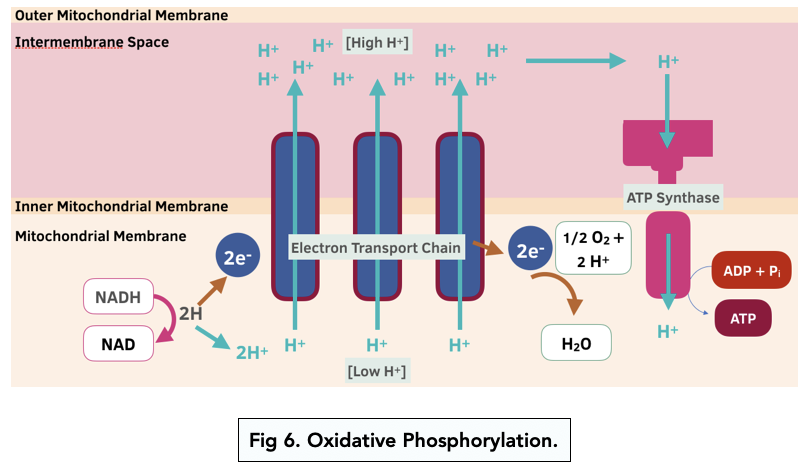

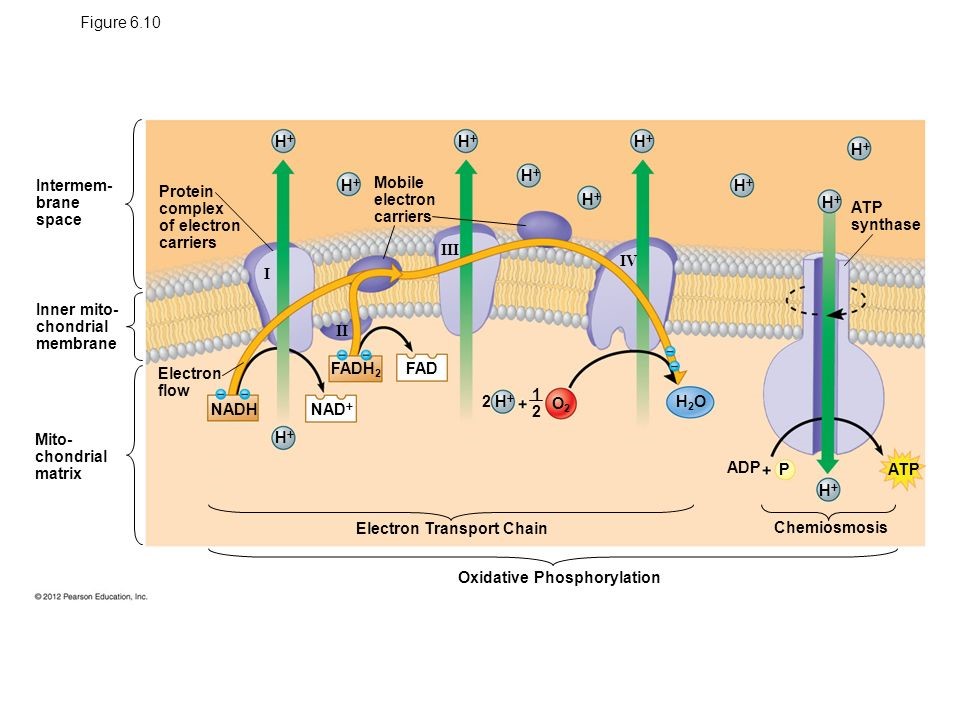
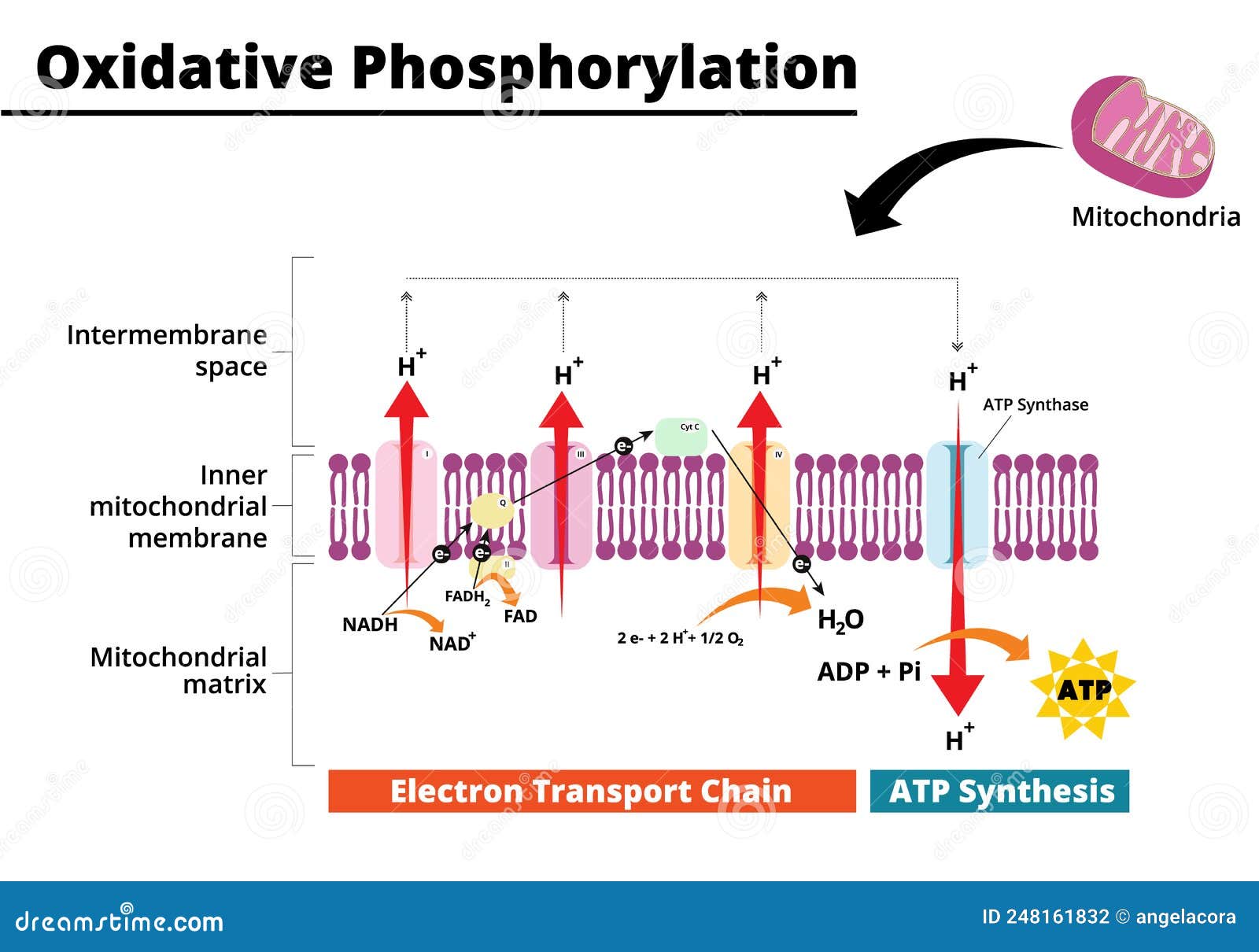
.jpg)




